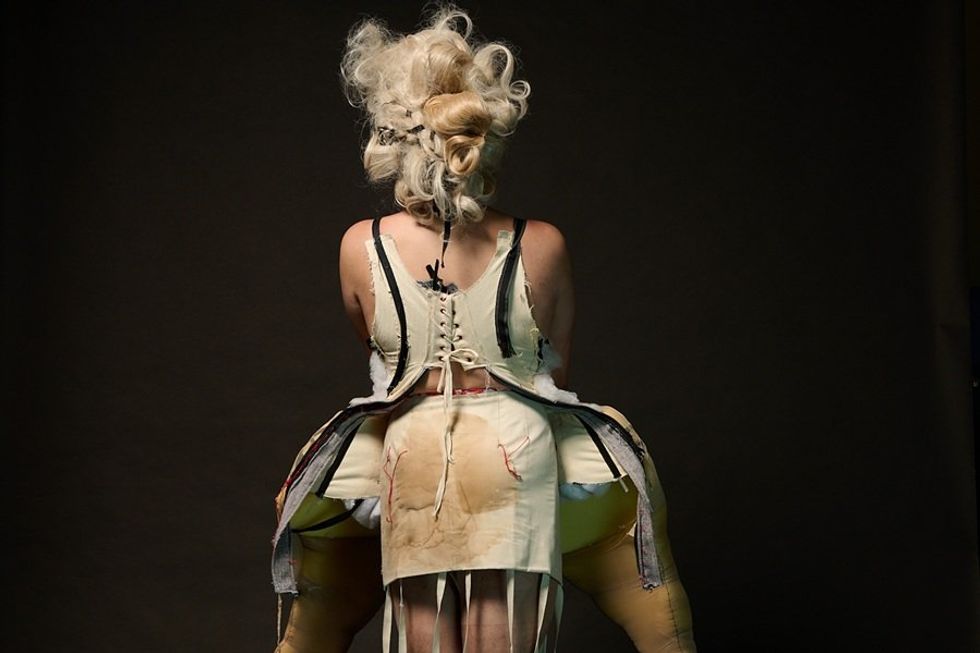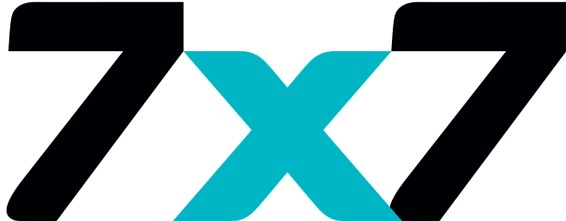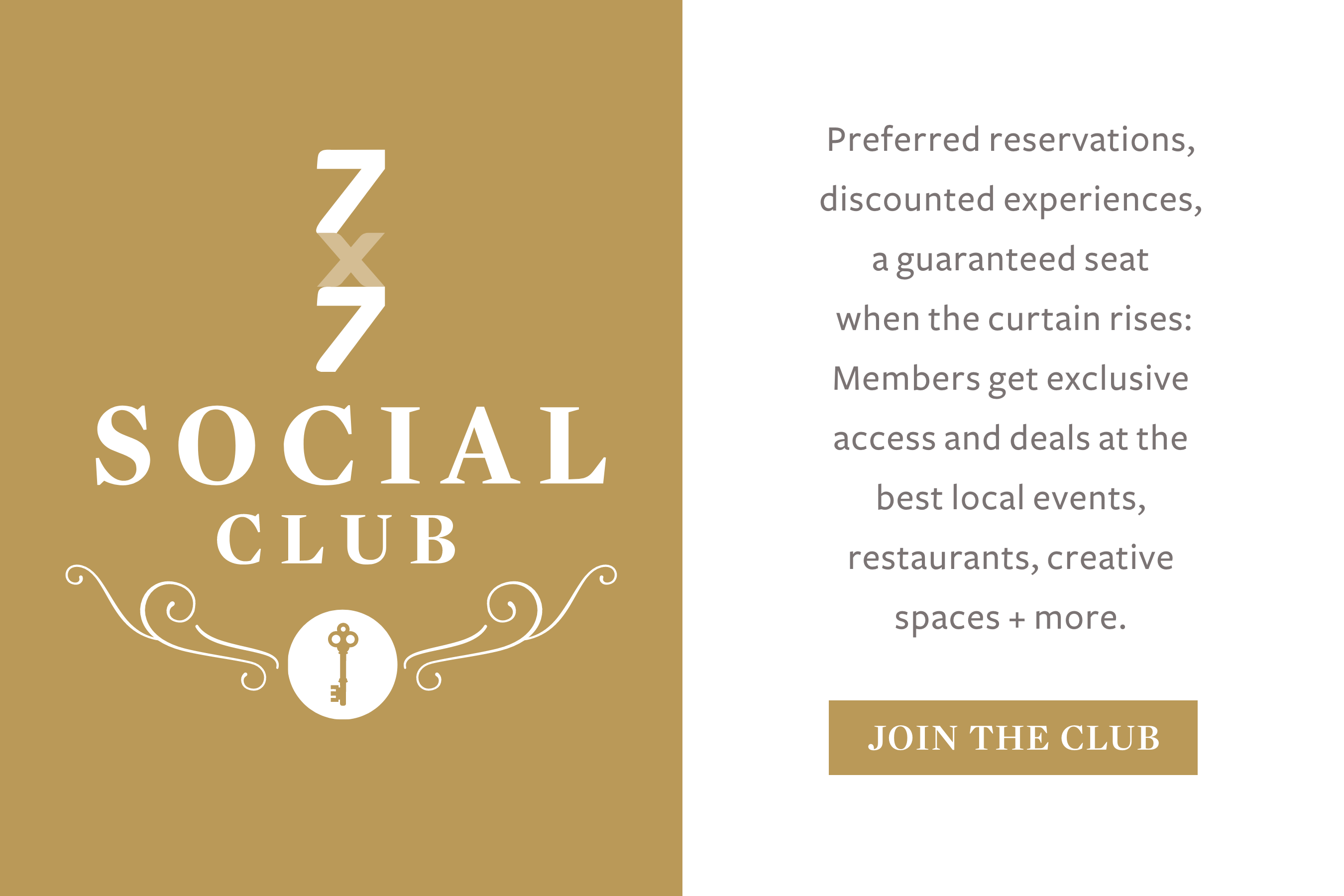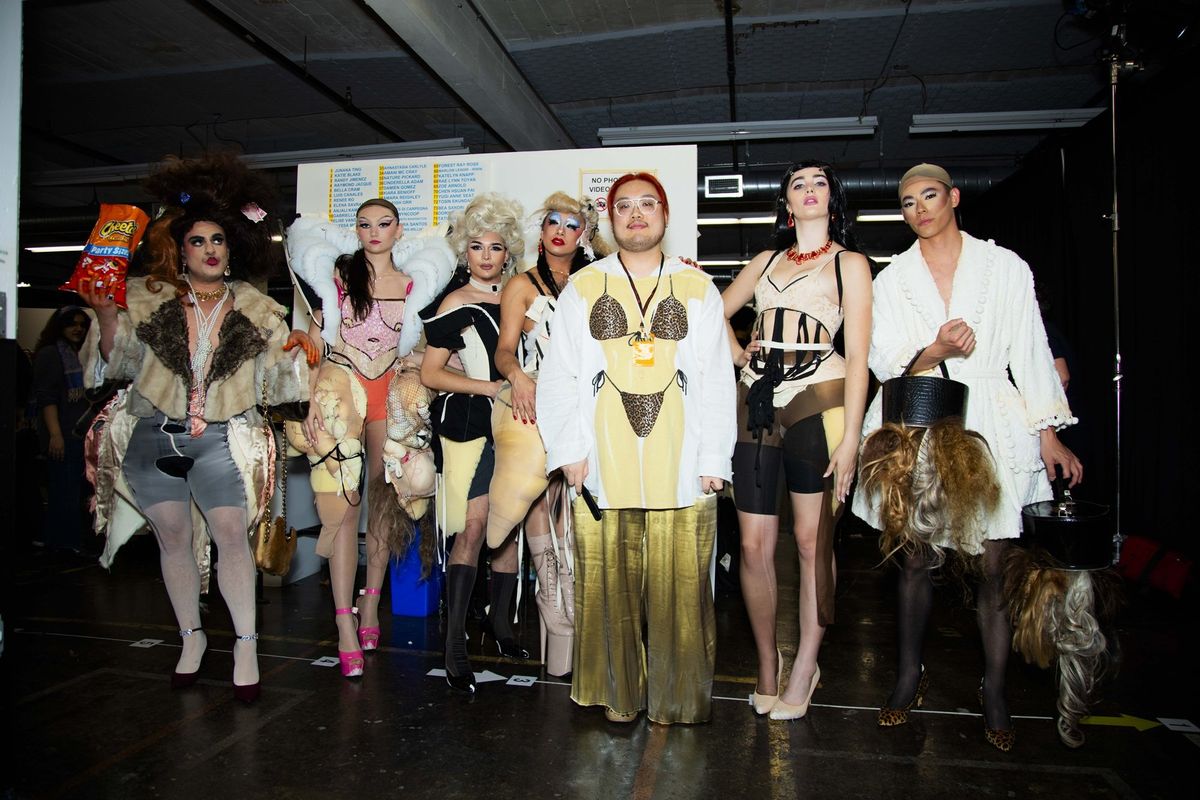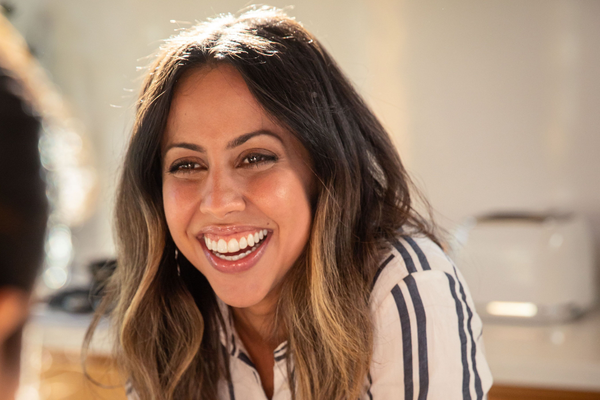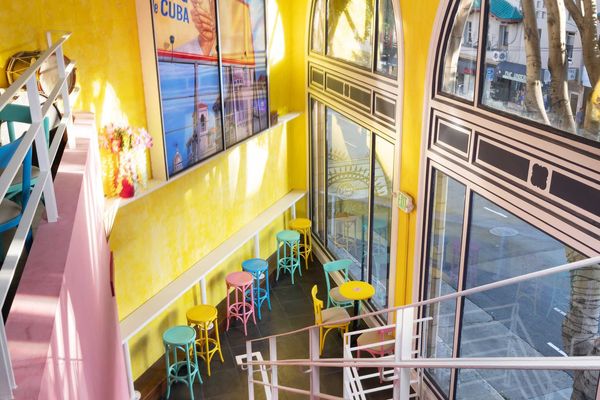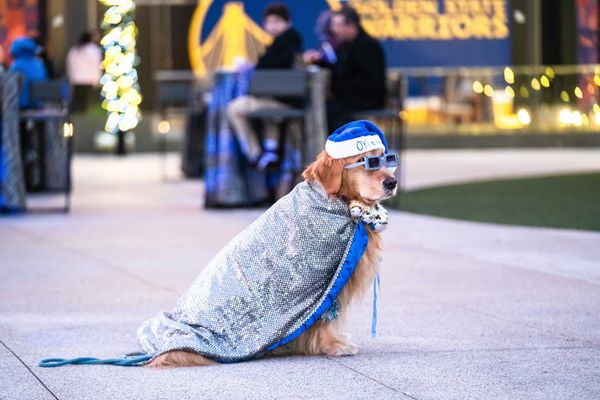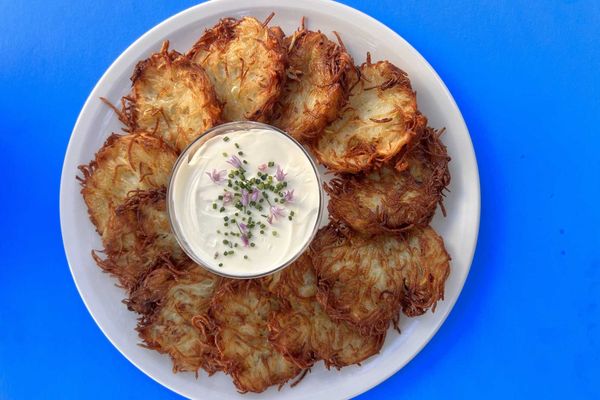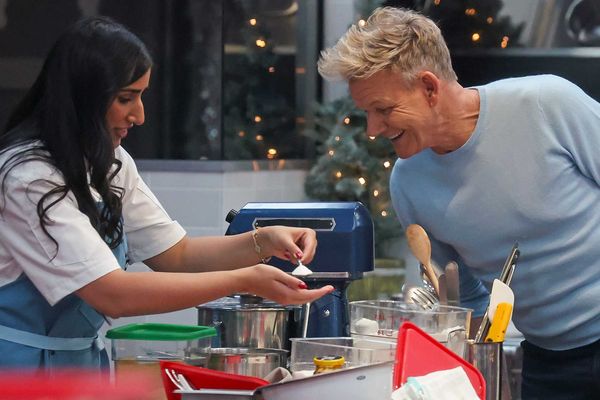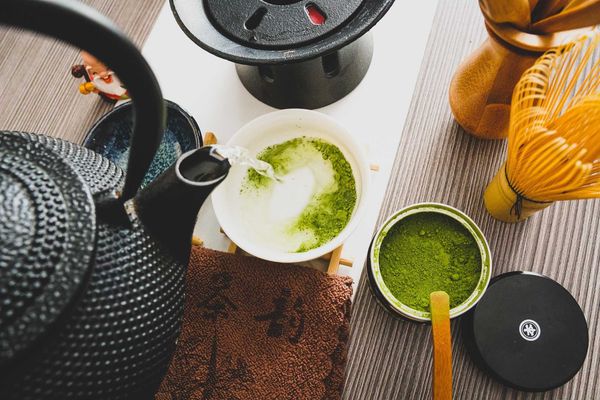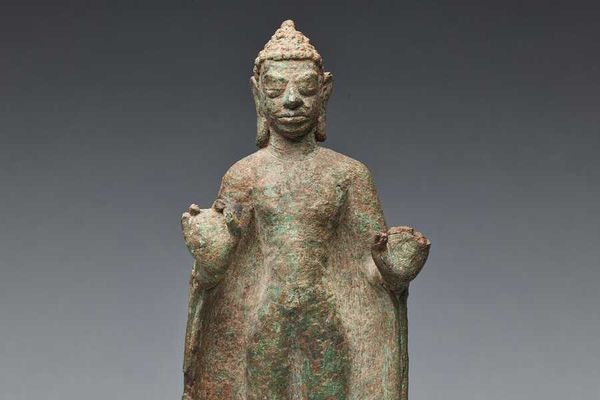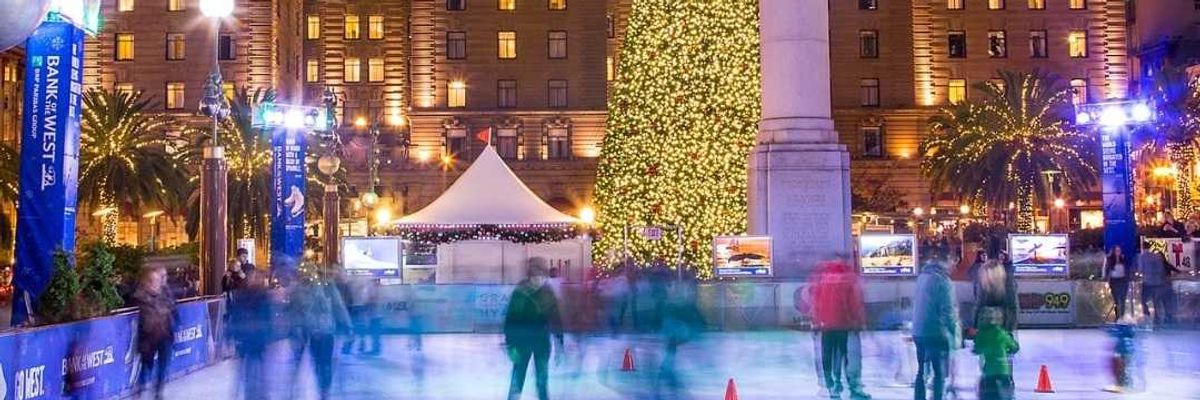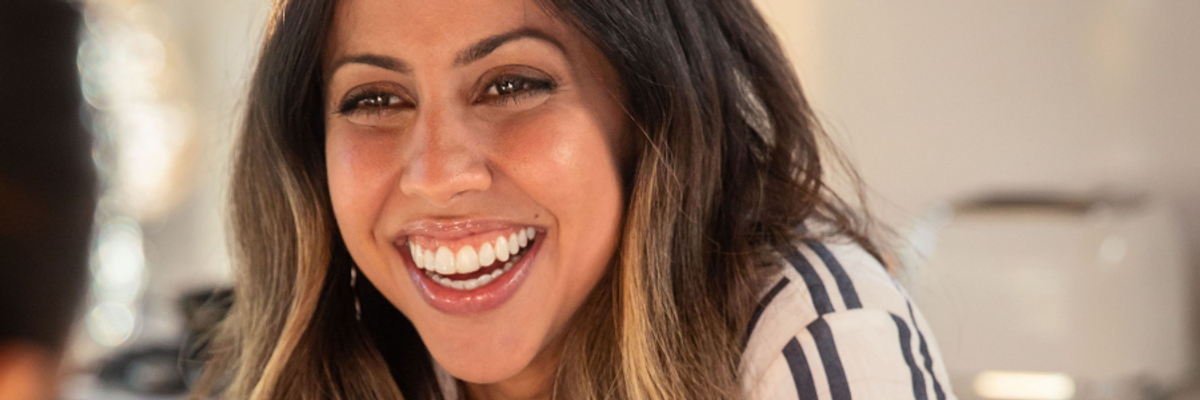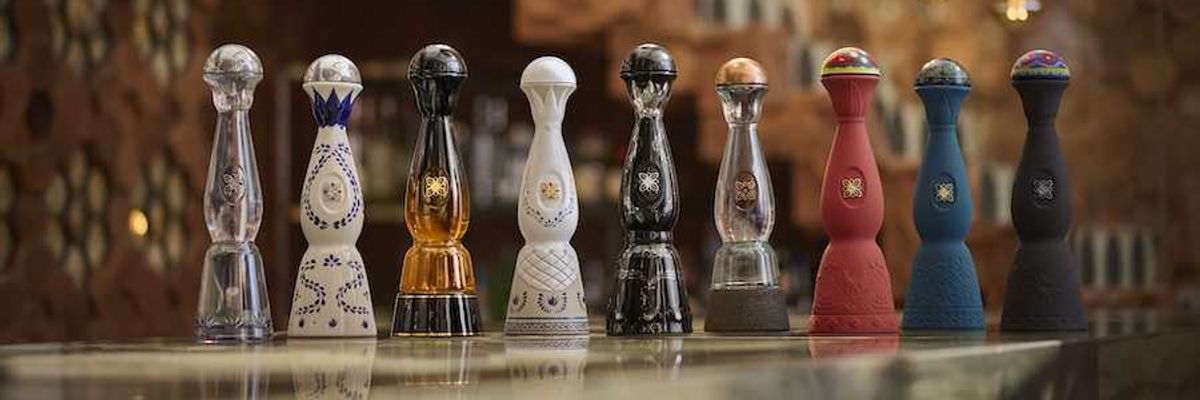Meet Patric Yikun Wang, a San Francisco–based costume designer who has dressed cultural icons from Beyoncé to supermodel Alex Consani.
Wang’s designs beautifully illustrate stories of identity with deconstructed pieces, immaculately tailored corsets, and materiality mixed with quirk. In his world, garments don’t just clothe the body—they build characters, carry humor, and rewrite rules.
Wang most recently opened the Academy of Art University Spring Show. We caught up with him during Pride Week to learn more about his language of design, the secret to crafting a moment on the runway, and his dream clients.

Anisa Esmail: What’s your fashion origin story? Can you share the moment you knew this world was meant for you?
Patric Wang: I don’t think I’ve reached that moment yet. With my background in costume design, I’ve always seen myself more as a costume designer than a fashion designer. To be honest, I know I have the ability to make strong garments and build compelling characters, but I’m still figuring out where I belong. That’s something I’m actively working on. I understand how an outfit alone can tell a story. I’ve never really considered myself a fashion designer—I just love creating things that make people feel good and carry a meaningful narrative.
What’s your go-to advice for emerging designers still figuring out their vibe?
Do more. It takes time to find your voice, and I don’t think that journey ever really ends. There’s no easy way through it—you just have to keep doing what you love. Keep making things, and your perspective will start to emerge. All it takes is time, passion, and belief in your work.
Who’s your dream client?
Right now, I’m obsessed with Raja. She’s my favorite drag artist, and I would love to see her in one of the looks from my collection. I’d also love to dress Alex Consani again. And of course, I have to include Divine. When I was designing my thesis collection, I imagined them as my muses, so I already know they would look stunning in those looks.
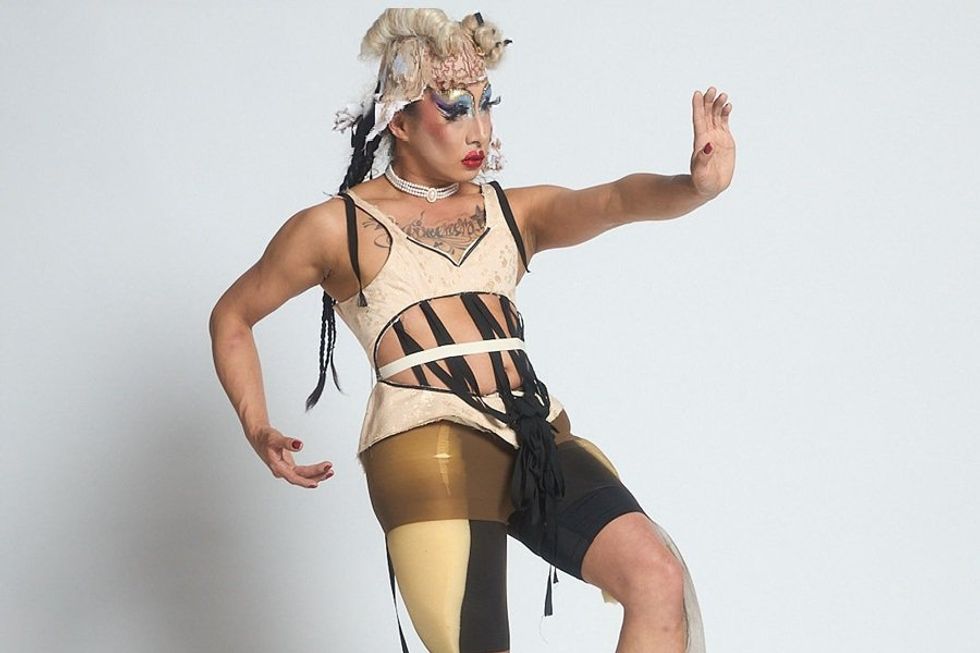
Who are your style crushes and how do they sneak into your designs?
Martin Margiela. I keep watching his early shows. What I love most is how he exposes the details and secrets of garment construction. There’s always a distressed element in his work that reflects the garment’s history and reality—and that really speaks to me. In my own work, I use similar ideas: exposed seams, visible interiors, and repurposed materials like mattress foam, stockings, and ironing board covers. These choices give my designs a sense of story and history. I also love Bob Mackie—not just for the sparkle, but for the humor and cheesiness. I think that energy shows up in my work as well.
The industry moves fast. How do you stay creatively turned on?
I believe you have to stay grounded in what you’re doing. Keep going, trust your process, and remember that every step has its purpose—even when it doesn’t feel clear right away.
What’s your secret to crafting a moment on the runway—especially when it comes to accessories or finishing touches?
Because of my costume design background, this part comes naturally. I always try to look at things from the audience’s point of view. That helps me understand what needs to be shown and what people want to see. I also like to work from a clear reference—when the reference is strong, the audience can connect and recognize the moment. Sometimes I imagine a character throughout the design process, which makes it easier to know exactly what they should be wearing, down to the accessories.
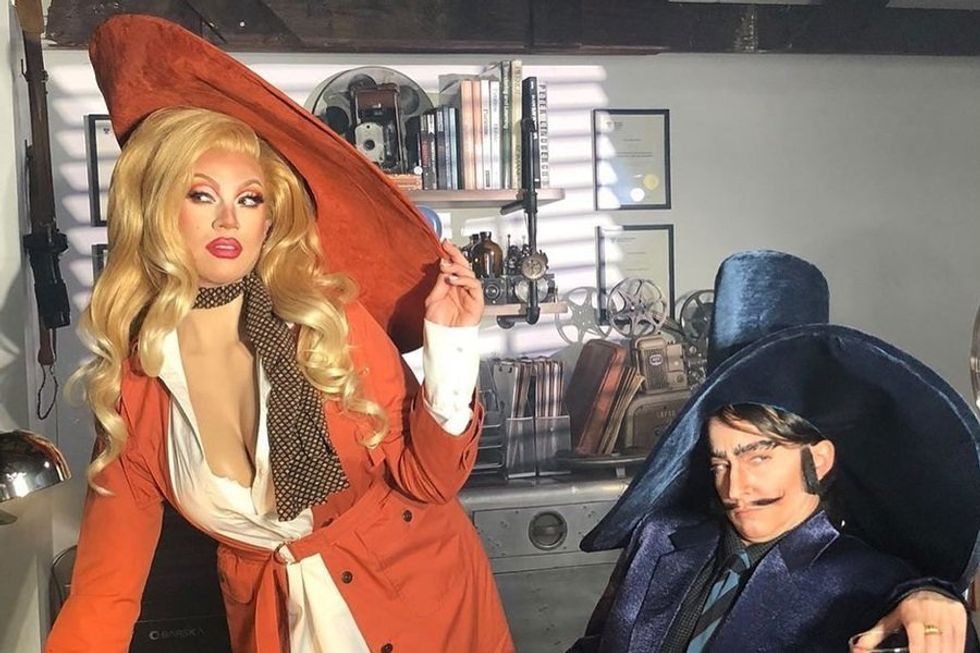
What fashion “rule” makes you roll your eyes—and how do you break it?
To be honest, I’m not even sure what the rules are. My advice? Do what you’re passionate about. I don’t believe creativity should be limited by rules—and if someone says there are rules, I think it’s okay to ignore them.
How has drag shaped the way you design, think, and serve?
I love how drag can make everything feel fun—even the most ordinary things. That’s something I aim for in my work. I want people to have a good time when they see my designs. If I can make someone laugh or smile, I’ve done my job.
If drag and fashion had a baby, what would it look like—and what would it say?
Drag constantly references fashion, and fashion constantly draws inspiration from drag. I don’t see them as separate. It’s like when people ask about the difference between costume and fashion—I believe they use the same language to tell different stories.
If I had to describe it, I’d say it looks like everyday life. Because when you go out, when you meet people, you’re already putting on a kind of drag. Like RuPaul says, “We’re all born naked and the rest is drag.”
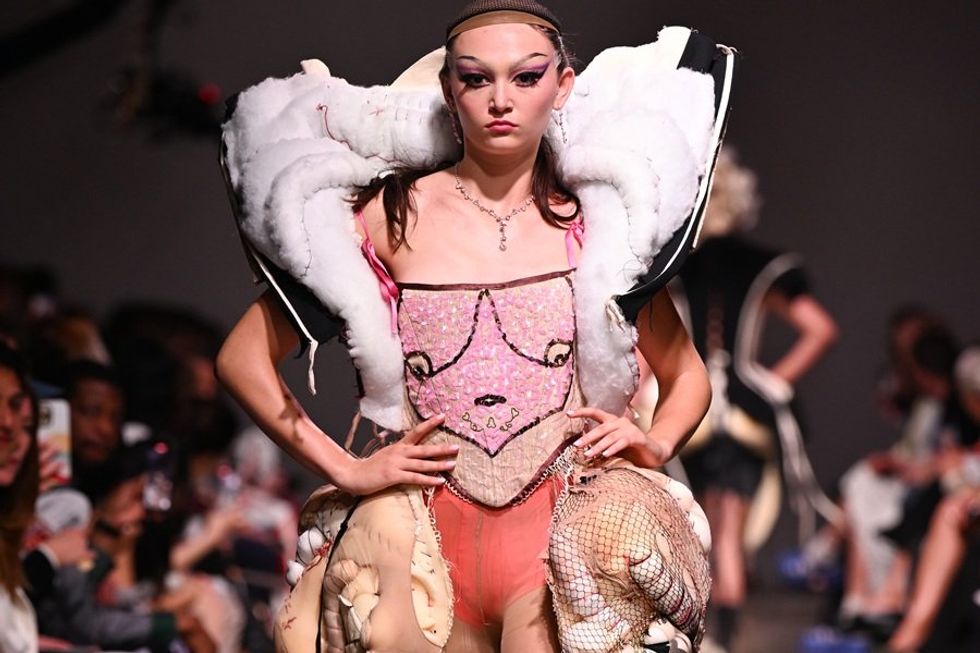
You tell stories through clothing. What's your favorite way to do that without saying a word?
I like to use repurposed or unconventional objects from everyday life—they already carry a story. I also use patterning as a form of storytelling. Different body types and garment functions require specific seam placements and construction methods. For example, in my black corset piece, I exposed raw cuttings and stitches to show the changes needed to transform a male-presenting body into a drag silhouette.
Describe your personal style in three words that make us feel something. How do those words show up in your work?
Distressed, flowing, and fun. I love distress in both fashion and daily life—it gives a sense of story and comfort. Garments are meant to be worn, and distress shows that reality. I also enjoy flow—something soft and fluid in how things move. And finally, fun. In my designs, I use a lot of repurposed materials to add humor and playfulness, while giving objects new meaning and life.
What was the first moment you saw fashion as power?
I’m not sure I ever saw fashion as power in a traditional sense. But growing up, I watched my mom get dressed up every single day. That showed me how fashion could express who we are. Over time, through studying costume design, I’ve learned how to express character through clothing. Fashion is a way of responding—to the world, to personal experience, to identity. Maybe that’s where the power lies.
